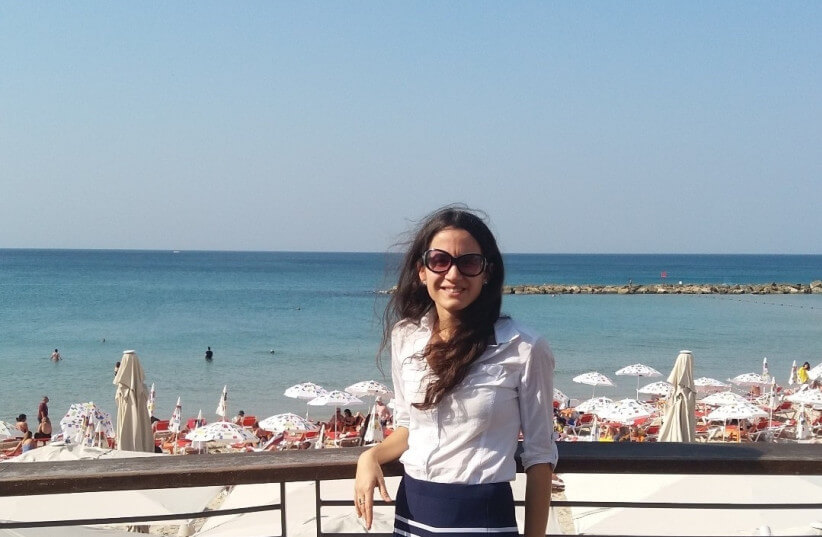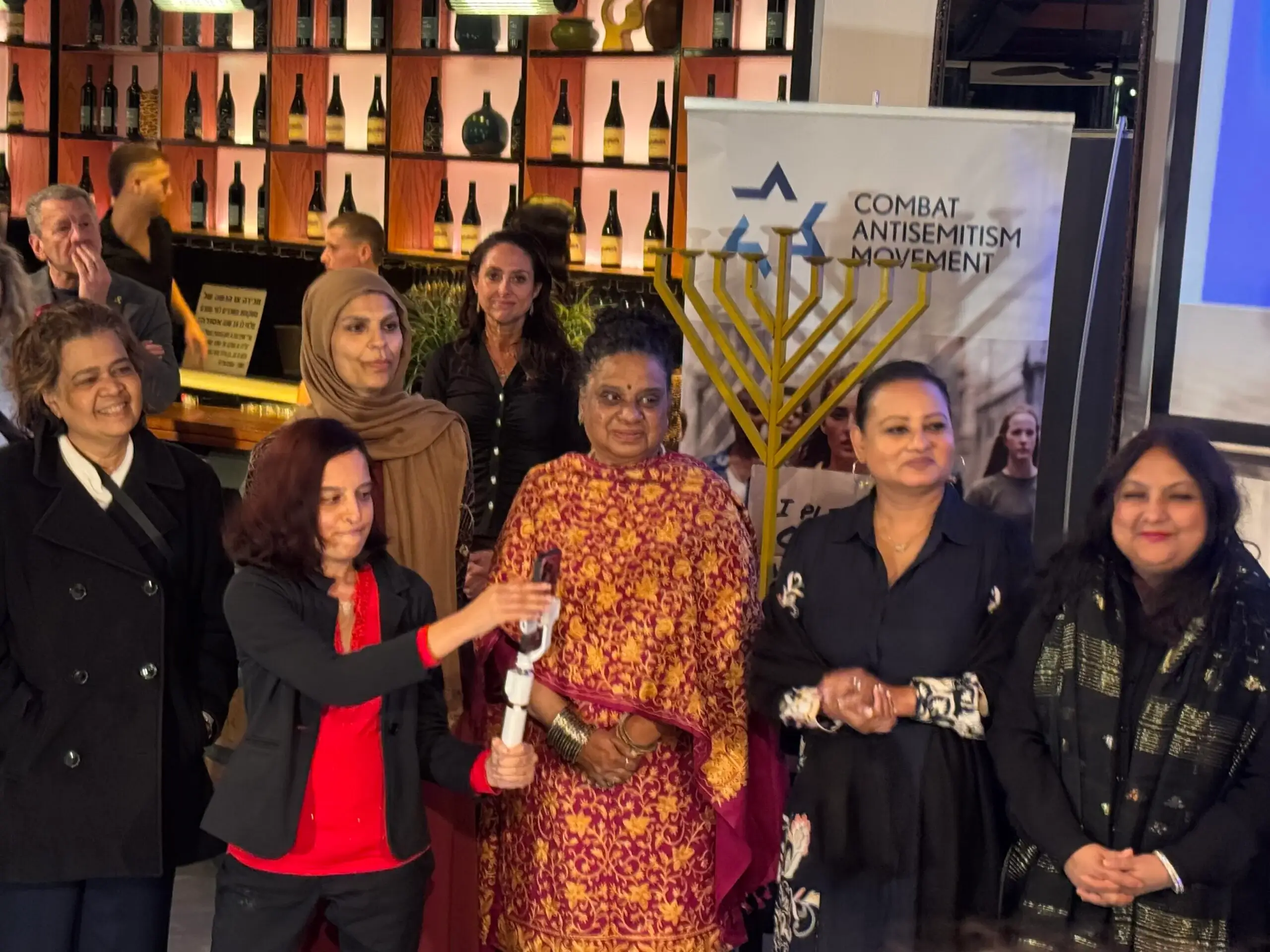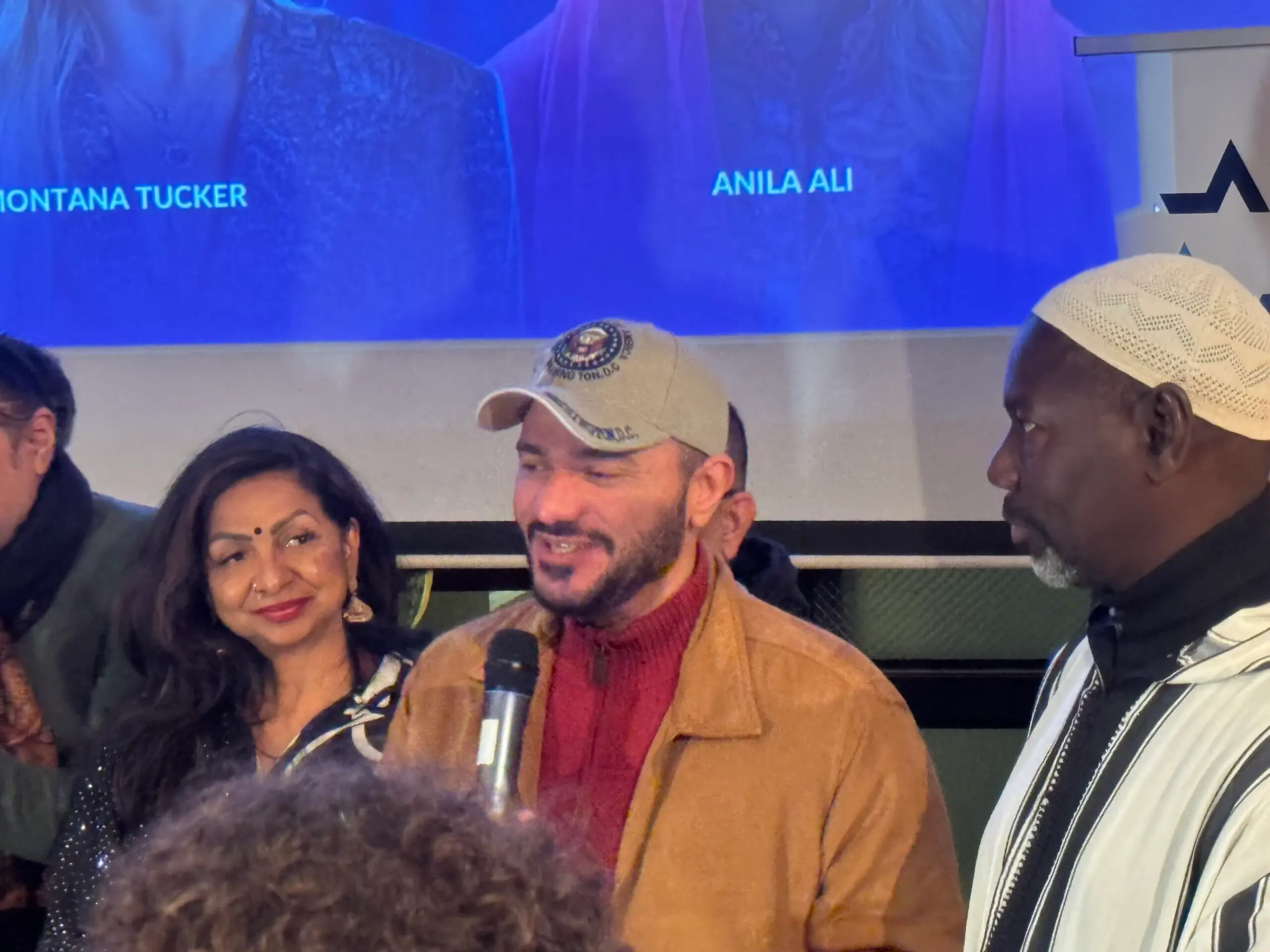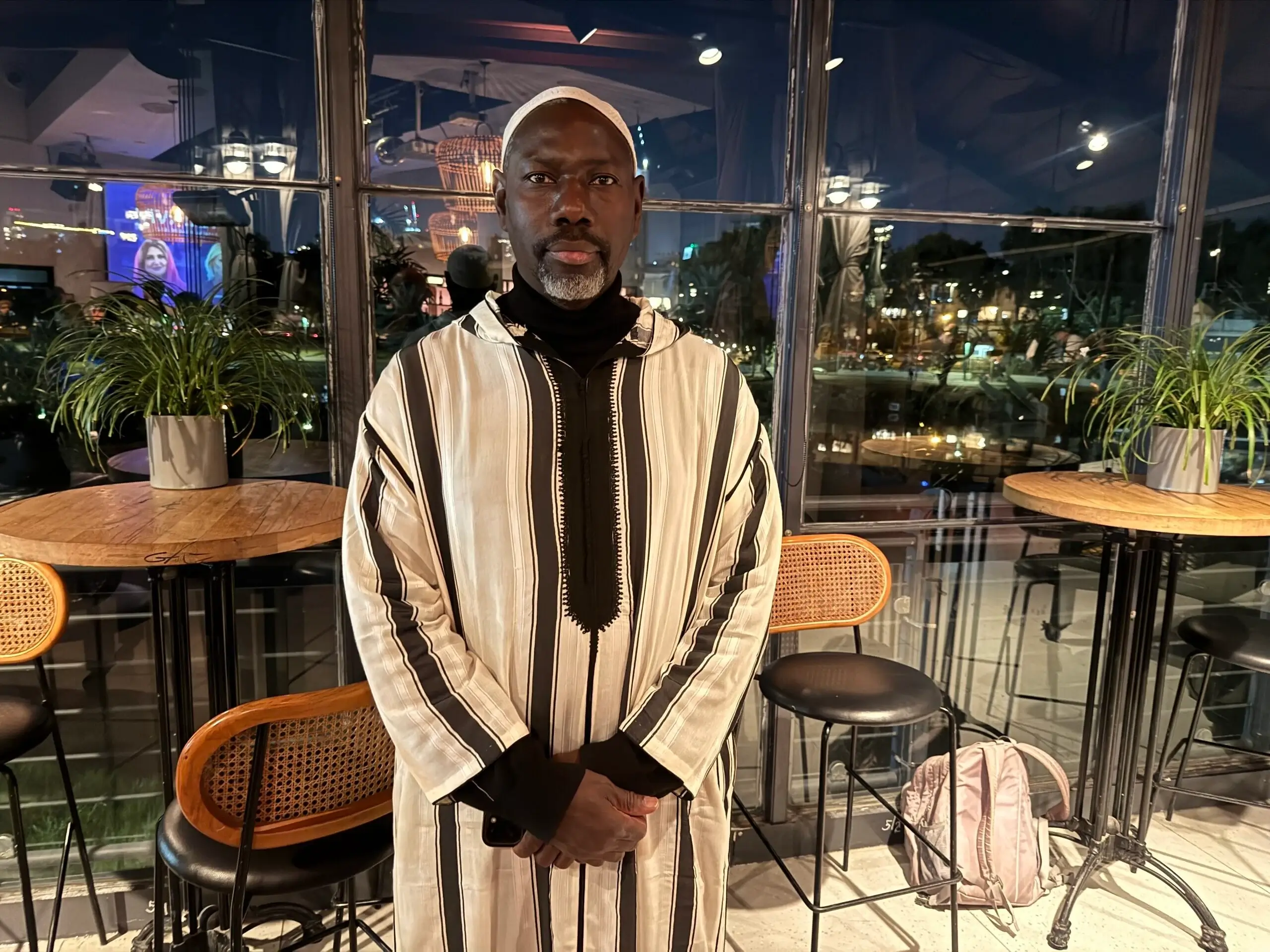Originally appeared in the Jerusalem Post Magazine, jpost.com, December 27, 2025
Not a sudden move but a long decision, how Israel became home through patience, purpose, and planning.
For Micol Radzik, the path from Venice to Tel Aviv was steady, gradual, and well planned – all starting with a one-month family trip to Israel at age 17.
When Radzik’s grandmother learned that her granddaughter would be spending the summer of 2000 in Israel with her parents and younger sister, Benedetta, she thought it would be useful to teach her some Hebrew. “She wanted me to be able to read the street signs,” Radzik, 32, recounts.
They spent 30 minutes daily after school learning Hebrew together. “She used to teach Hebrew to children and had beginner’s books in Hebrew, books about the chalutizim [pioneers] and the founding of the country,” she says.Unmute
Those pre-trip lessons were both useful and enjoyable. Radzik was able to read the street signs in Israel, and the lessons continued for several years after the family’s trip to Israel in 2000. “I learned Hebrew and Judaism; whatever bitu’im [expressions] she knew, she taught me,” she recalls. “She had my grandfather show me things each time we met, from his many books on Hebrew and Judaica.”
During that first month-long Israel trip, Radzik remembers her family touring the entire country. In their rented car, they would leave the moshav near the Lebanon border where they were based, and headed to the Galilee, Jerusalem, the Dead Sea, and Masada. She also fondly recalls the wonderful meals – and the oranges.

Her paternal grandfather had lived in Israel briefly after World War II but returned to Italy because he couldn’t find work. Other family members had gone to Israel as well, and Radzik’s father has several second cousins who live in Israel. During their trip, they spent time with relatives in Hod Hasharon and Tel Aviv.
Radzik and her family enjoyed Israel so much that they returned the following winter and again the following summer. This time, they went to Eilat, a warm contrast to the cold winters in Italy. “We got to swim on December 25; it was super fun!” she recounts.
She returned to Israel in 2012 with an Italian Birthright delegation, her first organized Israel trip. Next was a 10-day trip in 2013 for her peers from all over the world, sponsored by the Jewish Agency. She feels fortunate to have participated in a trip that captured “the beauties and challenges of Israel.” Meeting diverse people and visiting off-the-beaten-track places helped capture the nuances of life in Israel for her. She met olim in South Tel Aviv, haredim at a Belz synagogue, and Women of the Wall.
New experiences and insights of Israel
Future trips brought new Israel experiences and further exposure to people and places in Israel. A Young Leaders trip in 2019, sponsored by Keren Kayemeth LeIsrael-Jewish National Fund, gave her the opportunity to visit JNF sites such as ADI Negev-Nahalat Eran, a rehabilitation village for people with disabilities. She also visited Nazareth and the Ach Gadol lone soldiers program, and attended the 64th Eurovision Song Contest at Expo Tel Aviv.
After another organized trip – this time with the Union of Italian Jewish Communities – she decided to focus on improving her Hebrew. It started with one ulpan on Zoom, then increased to two, given the extra time she had during the COVID-19 pandemic. She listened to Israeli radio, watched Israeli TV, and participated in weekly Fluent Language Exchange Events through the Abraham Hostel in Tel Aviv, where participants practice more than 12 different languages with native speakers.
This language experience led to an additional Zoom Hebrew-language conversation group. She became friends with an Israeli guy in the group, who she recalls, was always sharing exciting stories of his daily life in Israel – picnics, volleyball, Independence Day celebrations, and more. It sparked her interest in making aliyah.
“I was thinking what a life in Israel would look like, and this contributed to my desire. I became more and more interested,” she says. “I realized I like international environments and languages, and that I am cosmopolitan. There is a special atmosphere in Israel, and it is very stimulating for me. This friend showed me how good it can be.”
She carefully considered whether moving to Israel was right for her. She realized that she had always gone on programs for short periods of time. While she always felt happy in Israel, she wondered if it was because she was on holiday or because this is life in Israel.
But the pandemic meant she wouldn’t be able to go to Israel for two years. “I wanted to go and felt so bad,” she recalls, wanting to return and experience living in Israel for a longer period of time. “I felt so sad. I felt the need to go even more.”
Then there was an opportunity for those who received the first COVID-19 vaccine to come to Israel. She seized the opportunity. “I even got my second dose [of the COVID vaccine] here!” she says.
She continued to take stock of her life, goals, and desires. By this time, she was 28 years old. “I have always focused on my goals and didn’t want to get off track,” she says. “I had a good job in Italy.”
She worried that coming to Israel would be expensive and that it would mean “starting from scratch.” It also meant being far away from her family, with whom she was very attached. But she said to herself, “Let’s try.”
Then something wonderfully unexpected happened in 2022. Friends from the European Union of Jewish Students group had made aliyah, and one Italian woman was working at the WIX web development company. “She saw that a position was open in Israel for an Italian-speaker,” Radzik recounts. “Wow! I needed to apply.”
She prepared all the necessary documents and received a six-month temporary visa. She reasoned, “Even if they don’t take me, I’ll go.” With a job waiting for her and a source of income, she knew it was time to make aliyah formally.
Now, in addition to working for WIX, she is meeting people through local theater classes, her synagogue, and the Italian Institute of Culture. Although she misses her parents and sister in Italy, she enjoys their visits. Her father has come for extended visits and participated in an ulpan at the same Tel Aviv location where his daughter studies.
She feels the key to her reasonably smooth aliyah is due to securing a job, working hard on learning Hebrew, and generally acting responsibly at all times. She has also pushed herself out of her comfort zone to meet people. It seems to be paying off.
She advises other new immigrants to check events for olim, as well as events for people from their home countries.
“Go on trips; see Israel,” she stresses. “Join communal Shabbat dinners. Find a community of people with similar interests, such as swimmers or a painting group. And volunteer!”
MICOL RADZIK, 32, FROM VENICE TO TEL AVIV, 2022







